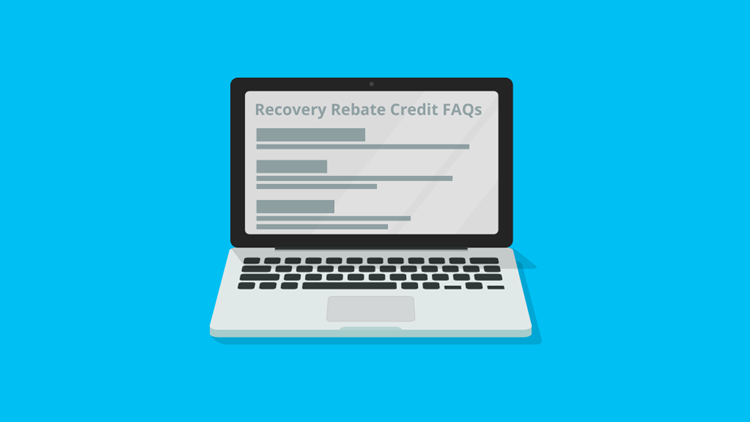
The Internal Revenue Service wants taxpayers to know it has revised some of the frequently asked questions (FAQs) surrounding the Recovery Rebate Credit for a second time.
The newly updated information is contained in Topic E of Fact Sheet 2022-26, and covers Receiving the Credit on a 2020 tax return.
The IRS has modified Questions 1, 4, 5, and 8, while adding new material in Questions 9 and 10.
Getting the right EIP
Taxpayers who either didn’t get the full amount of a third Economic Impact Payment (EIP) or didn’t qualify for the third EIP might be able to claim the 2021 Recovery Rebate Credit based on tax information from the 2021 tax year. This could include those who may have gotten their third EIP from initial and so-called “plus-up” payments during 2021.
Taxpayers should note that payments of the third Economic Impact Payment are not the same as the advance Child Tax Credit payments the IRS sent out in monthly amounts during 2021.
Most eligible individuals have already gotten their Economic Impact Payments; if so, they won’t have to include any information about them when they file a 2021 return.
Those who missed a stimulus payment need to look over the IRS’ Recovery Rebate Credit webpage to find if they qualify for another payment or determine if they should claim the Recovery Rebate Credit for 2021.
The only way to claim any remaining credit for the 2021 tax year is to file a 2021 income tax return – even if the filer doesn’t usually file taxes. Similarly, those who didn’t receive the full amount of the first and second EIPs issued in 2020 can only get those amounts by filing a 2020 return (or amending an already-filed 2020 return) to claim the 2020 Recovery Rebate Credit.
Again, see the Recovery Rebate Credit webpage for additional information.
Getting the credit
The 2021 Recovery Rebate Credit is a refundable credit, meaning it can reduce the taxes owed by the filer; any credit amount left after the tax is paid down to zero can be included in a tax refund to the filer.
The IRS cautions, however, there are a few things filers want to avoid when claiming the 2021 Rebate Recovery Credit. Filers, they say, should be sure not to mix information from their 2020 tax year and that from 2021.
More specifically, they warn not to include any information from the first or second Economic Impact Payments, issued in 2020, or from the 2020 Recovery Rebate Credit, on their 2021 return.
What filers need is the total amount of the third Economic Impact Payment they’ve received so the filer can figure the 2021 Recovery Rebate Credit accurately when they file their 2021 tax return. The best place to get this information is in the taxpayer’s IRS online account.
This information can also be found on Letter 1444-C, which the filer should have gotten from the IRS after each payment in 2021. Letter 6475, which was mailed out in March by the IRS, also has this same information.
Source: IR-2022-82

